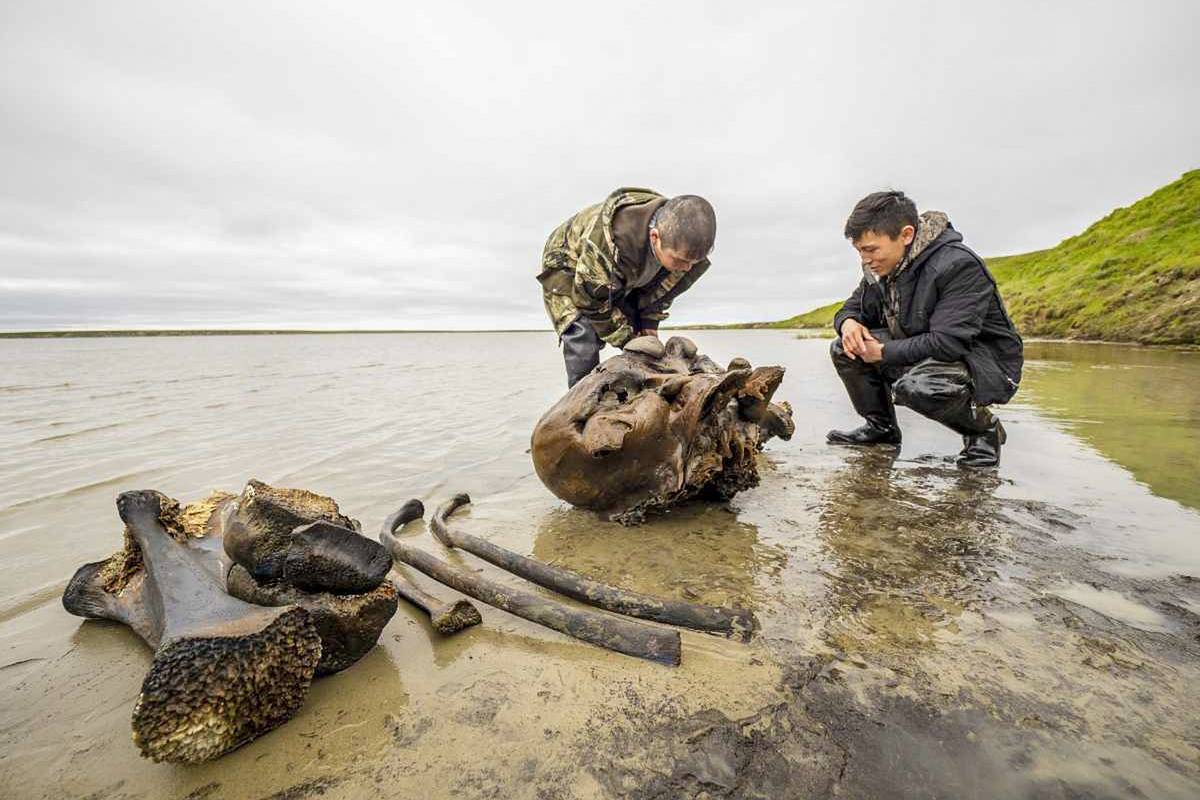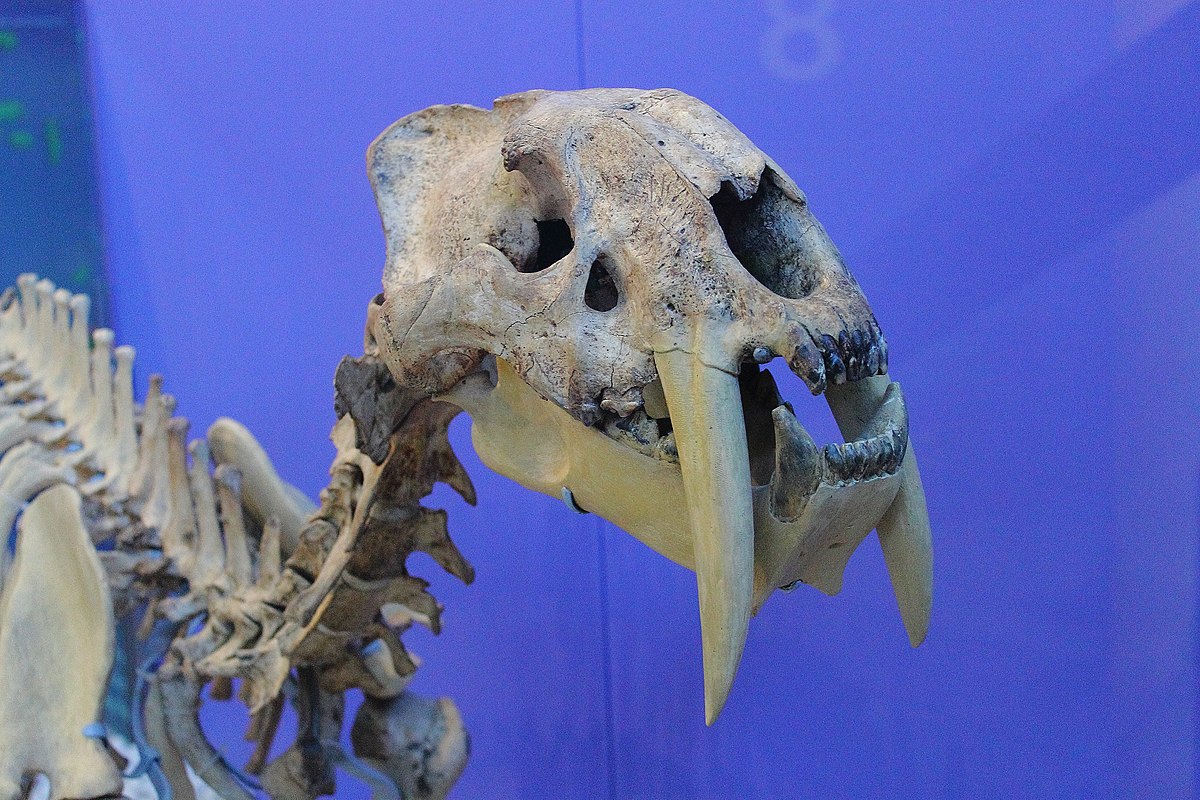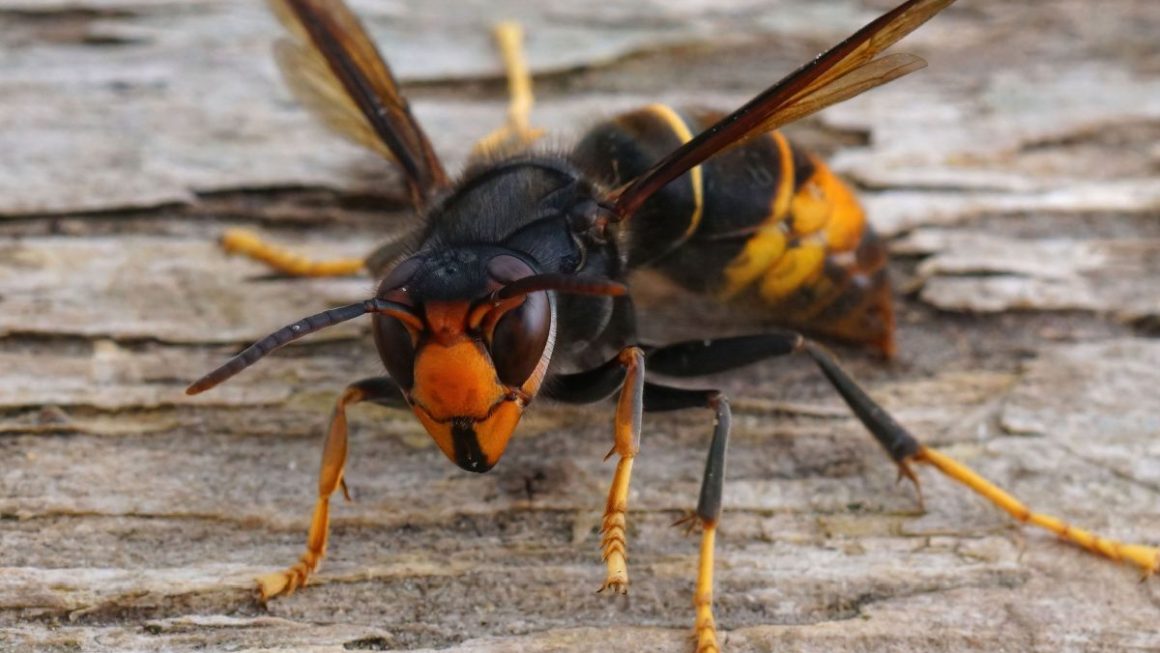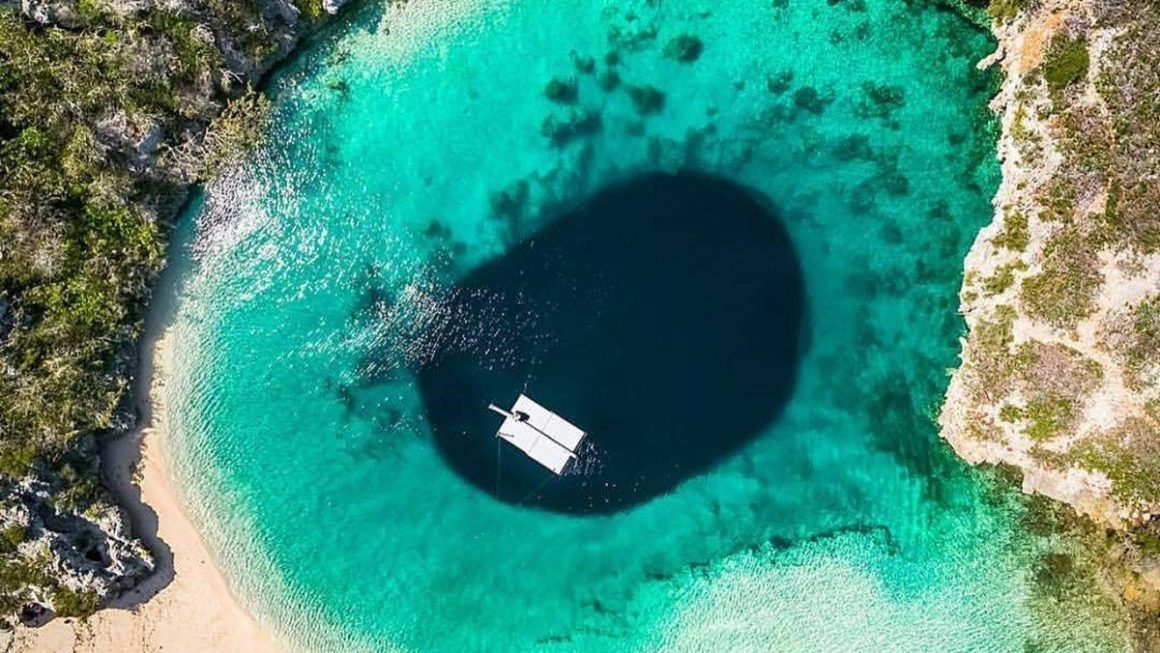There are archaeological discoveries that rewrite history, but on this occasion, what has caused an earthquake in science is a small fragment of a jawbone found in Greenland, which has shaken palaeontology.
While investigating rocks from the early Jurassic period, scientists have discovered the fossilised remains of a primitive mammal. It is the oldest known specimen of a docodont, an extinct lineage of mammal-like creatures.
The discovery has been published in the scientific journal Papers in Palaeontology and not only provides new data on the origin of mammals, but also demonstrates once again the importance of Greenland as a first-rate palaeontological site.
The fossil discovered in Greenland that rewrites the history of mammals
Scientists have already named the specimen discovered in the Rhaetelv Formation: Nujalikodon cassiopeiae, within the Kap Stewart group, and its age takes us back to the Hettingenian. That is, to the early Jurassic period.
The scientific translation of this is that it shortens the gap in the fossil record of docodontans by seven million years.
Until now, the oldest fossil in this group dated back some 176 million years; this new find places it at around 183 million years.
The fossil consists of a fragment of a jawbone with a complete molar and part of another tooth, which has allowed scientists to confirm that it is a species that had never been described before.
Using microtomography techniques, they were able to analyse the arrangement of cusps and ridges on the molar, a kind of fingerprint that distinguishes each species of mammal.
It was precisely the complexity of this dentition that was the key to identifying Nujalikodon cassiopeiae as a crucial transitional form in mammalian evolution.
The key to finding one of the oldest fossils on the planet
Docodonts were one of the first groups of mammal-like creatures to develop truly sophisticated dentition. Unlike other contemporary animals, their molars had numerous cusps and ridges.
The reason for this is that this shape allowed them to process a wide variety of foods. This evolutionary advantage allowed them to survive until the Middle and Late Jurassic periods.
According to Elsa Panciroli, co-author of the research, each mammal has a unique tooth pattern, which is very advantageous when analysing fossils. In this case, they were able to realise that it was a completely new species.
Phylogenetic analyses place the new fossil as a basal member of the Docodonta order or as its closest relative, making it an essential piece in understanding how complex teeth developed from simpler forms.

Why Greenland is a paleontological paradise
Greenland is still a territory to be explored. In fact, millennial animals still appear in its waters. Furthermore, this discovery once again demonstrates its paleontological relevance.
For example, Jameson Land, in eastern Greenland, is one of the few places in the world where terrestrial remains from the Early Jurassic are preserved.
With this finding, scientists have been able to reinforce the theory that docodonts originated in what is now Europe and Greenland. It was later that they spread throughout the supercontinent of Laurasia.




